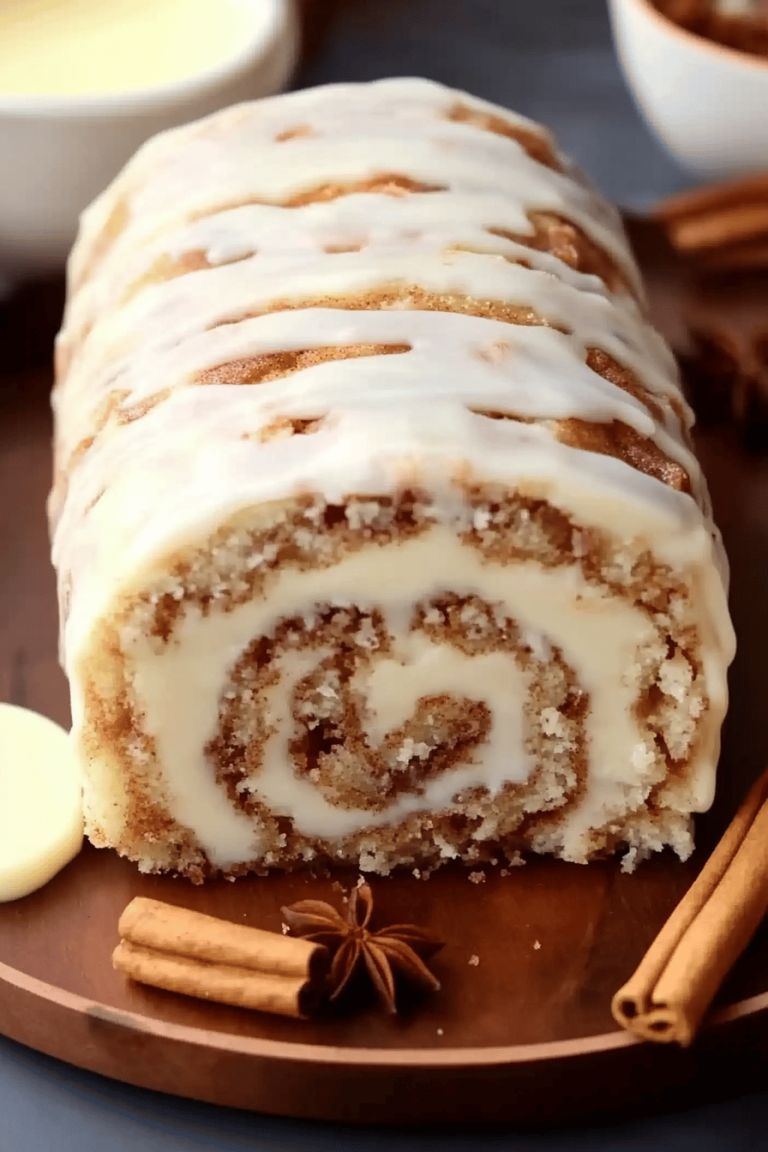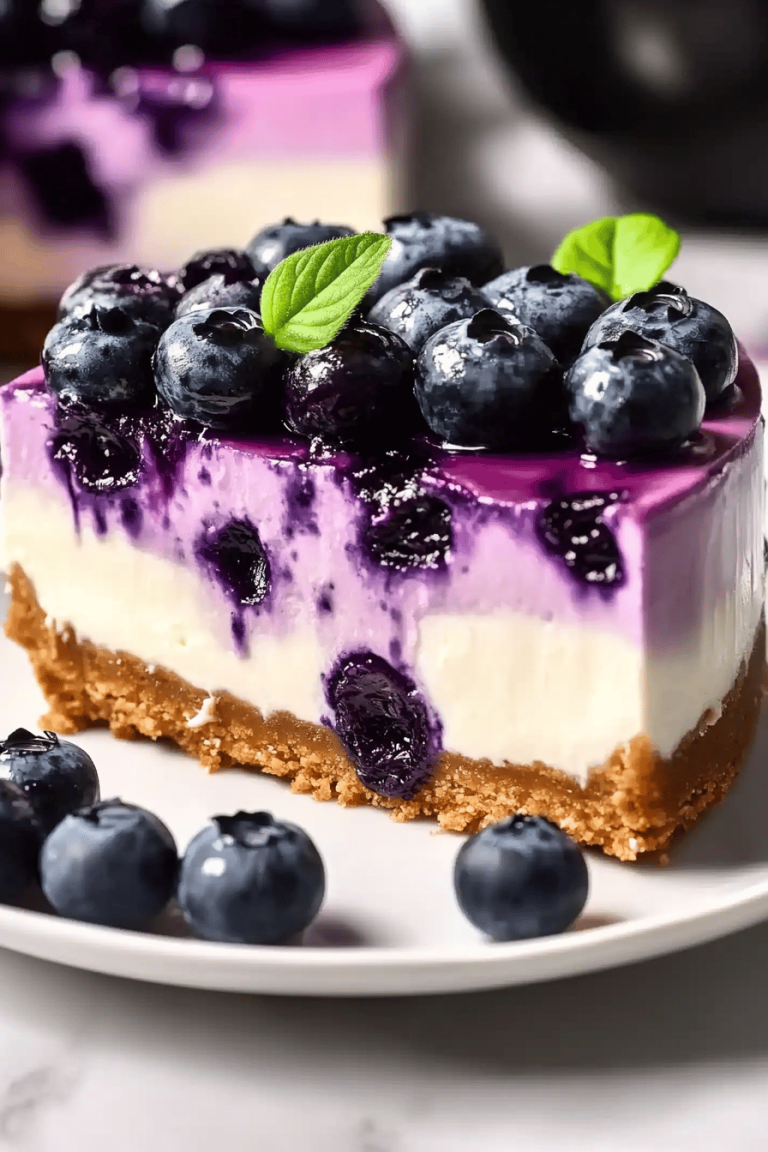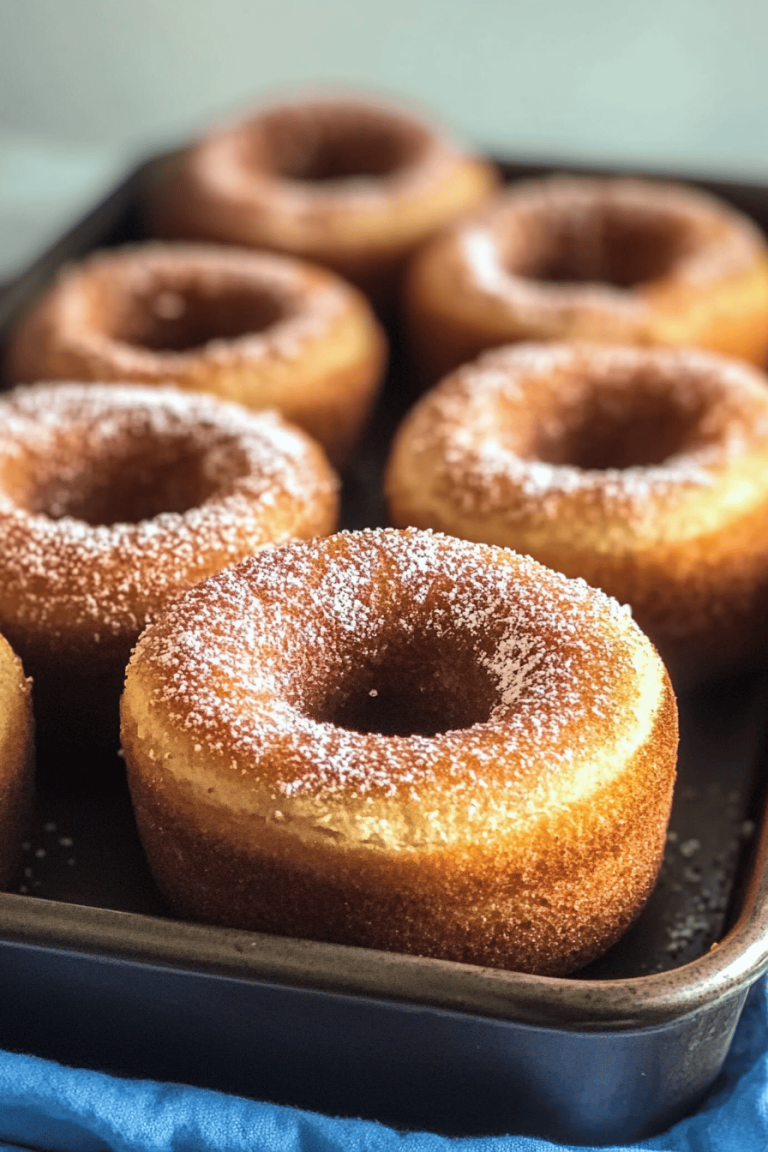Mastro’s Butter Cake Recipe
Craving a dessert that brings the sweet, decadent indulgence of a top-tier steakhouse right into your own kitchen? You’re in luck because this butter cake recipe does exactly that. Made famous by Mastro’s, this is your go-to recipe for an unforgettable dining experience right at home. The key to this delightful dish is its rich texture and buttery flavor that just melts in your mouth.

Growing up, family gatherings were incomplete without a rich, homemade cake. My aunt, the dessert connoisseur in our family, was the one who introduced us to this sumptuous butter cake. Always a showstopper, the cake was not only delicious but also a symbol of our bonding. Baking it brings back those warm memories, from licking the batter off the spoon to savoring the first melt-in-your-mouth bite at the dinner table.
Why You’ll Love This Recipe
This recipe is a true standout because it combines simplicity with sophistication. Imagine a golden crust with a moist, buttery interior that’s perfect for any celebration or casual Sunday brunch. It’s surprisingly easy to make, requiring basic ingredients that you’ll likely have on hand. The uniquely fluffy and gooey texture is a crowd-pleaser, making it a favorite among both kids and adults alike.
Ingredients Notes
To achieve the perfect butter cake, it’s essential to use high-quality butter and fresh, organic eggs. Look for unsalted butter, which allows you to control the salt content more precisely. All-purpose flour works best for this recipe, but if you’re gluten intolerant, a gluten-free blend can be substituted with similar results. Remember to let the eggs come to room temperature before mixing.

Recipe Steps
Step 1
Preheat your oven to 350°F (175°C). Prepare your baking pan by lining it with parchment paper or greasing it generously with butter.
Step 2
Cream the butter and sugar together in a large mixing bowl until you achieve a light, fluffy consistency. Approximately 5 minutes of mixing at medium speed should suffice.
Step 3
Gradually add in the eggs, one at a time, making sure each egg is fully incorporated before adding the next. This is crucial for achieving that airy texture.
Step 4
Sift the flour and salt together, then gradually incorporate into the wet mixture, mixing until just combined. Avoid overmixing to keep the cake tender.
Step 5
Pour the batter into your prepared pan and smooth the top with a spatula. Bake for 45-50 minutes or until the top is golden brown and a toothpick inserted into the center comes out clean.
Storage Options
To keep the butter cake fresh, wrap any leftovers in plastic wrap or store in an airtight container at room temperature for up to two days. For longer storage, wrap the cake tightly in aluminum foil and place in the freezer, where it will keep for up to two months. When ready to enjoy, thaw overnight in the fridge and reheat in a 300°F (150°C) oven for about 15 minutes.
Variations & Substitutions
For a zesty twist, consider adding the zest of one lemon or orange to the batter. If you need a dairy-free option, substitute the butter with a high-quality vegan alternative and use almond milk instead of regular milk. You can also stir in a handful of fresh blueberries or chocolate chips for added flavor and texture.
Serving Suggestions
This butter cake is perfect for any occasion. Serve it warm with a scoop of vanilla ice cream for an elegant dessert or dust it with powdered sugar for a simple, rustic treat. It’s also delightful with a fresh fruit compote or a drizzle of salted caramel sauce.
Frequently Asked Questions
Can I make this cake in advance? Absolutely! This butter cake can be made a day or two in advance. Just ensure it’s wrapped properly to prevent it from drying out. If you’re preparing for a special occasion, make it up to three days beforehand and store it in the fridge to maintain its freshness.
What can I do if I don’t have a stand mixer? If you don’t have a stand mixer, a hand mixer will work just as fine. You can even mix the ingredients by hand with a sturdy whisk or a wooden spoon, although it may require a bit more effort to achieve the desired creamy texture.
How do I know when the cake is done? You’ll know the cake is done when the top is a nice golden brown and a toothpick inserted into the center comes out clean or with a few moist crumbs. Baking times may vary slightly depending on your oven, so keep an eye on it as it nears the end of the suggested baking time.
Can I use cake flour instead of all-purpose flour? Yes, you can use cake flour for a softer, more tender crumb. If you decide to use cake flour, you’ll need to slightly increase the amount called for—up to 1 cup and 2 tablespoons for every cup of all-purpose flour to maintain the structure and density.







